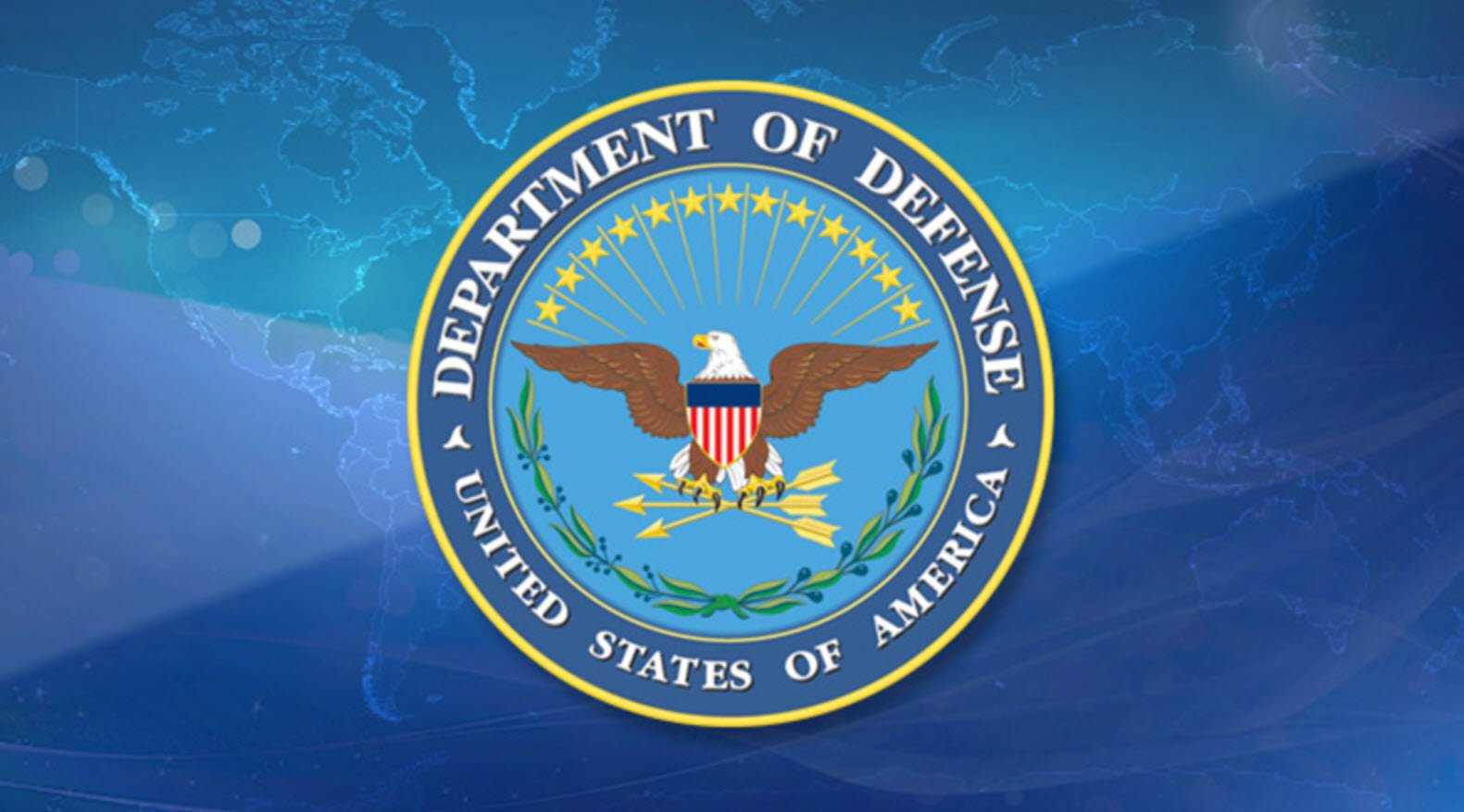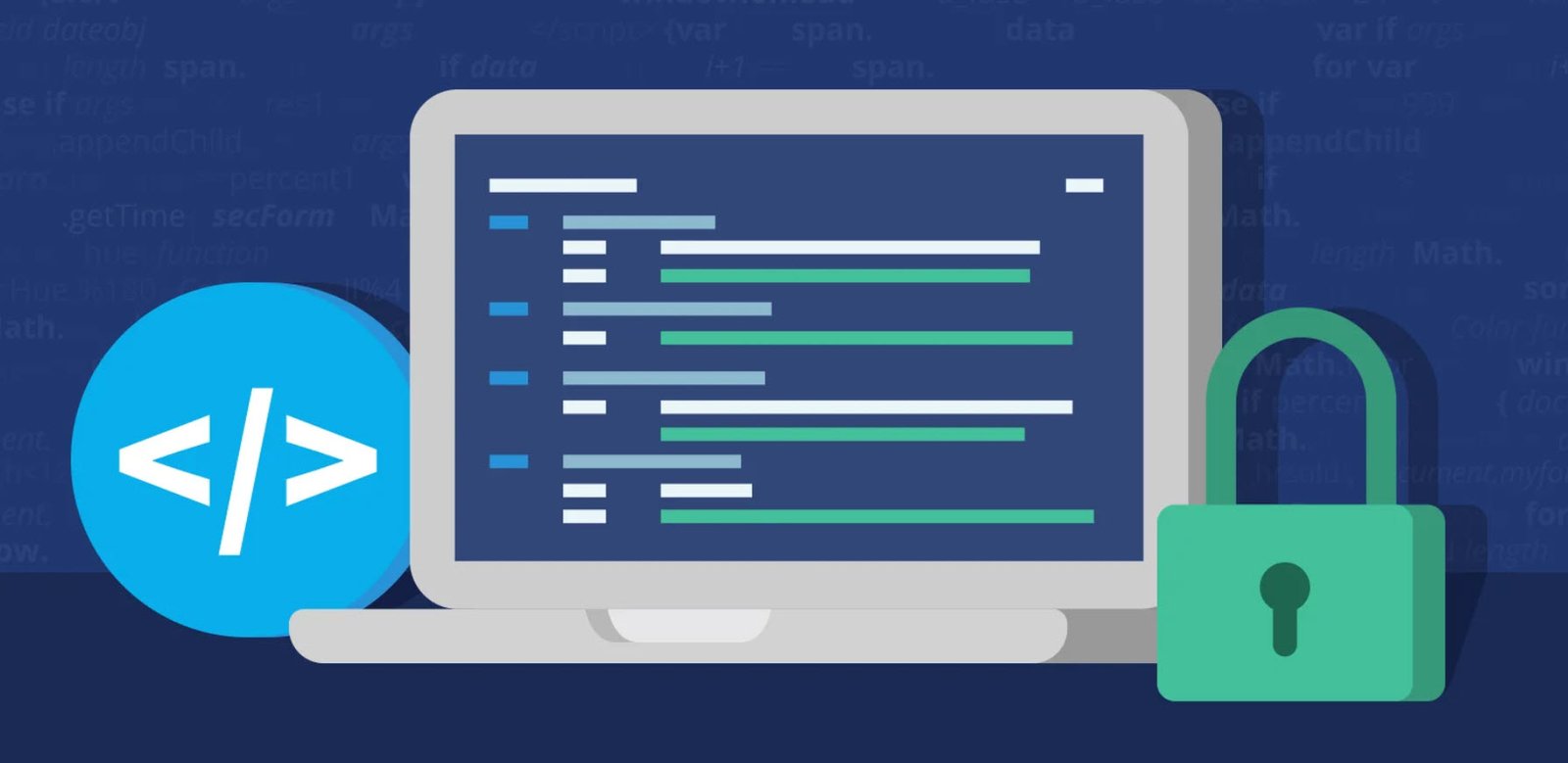
In today’s interconnected world, safeguarding your digital assets is paramount. The increasing sophistication of cyber threats demands a proactive and layered approach to network security. This comprehensive network security checklist is your roadmap to fortify your organization’s defenses against potential threats and breaches.
By implementing these best practices, you can ensure the safety and integrity of your data.
- Layered Security Technologies
- Compartmentalization
- Firewalls
- Source Address Control
- Split DNS Architecture
- Administrative Account Security
- Secure Protocols
- No Internet-Based System Administration
- Patch Management
- Critical Security Technologies
- Consider Multiple Firewalls
- Proxy Services
- Authentication for Outbound Connections
- “Hardened” Configurations
- Control Outbound Traffic
- Regular Auditing
- Two-Factor Authentication
- Minimal Services
- User Account Management
- Strong Password Policies
- Email Security
- Regular Assessments
1. Layered Security Technologies
Protecting your network should resemble an onion – multiple layers offering varying degrees of protection. Evaluate the value of your information and tailor your security measures accordingly. Ensure the level and cost of security align with the importance of the data being safeguarded.
2. Compartmentalization
Both physical and logical compartmentalization is crucial. Physically isolate resources like databases and web servers. Logically segment operational resources, such as customer-facing web services and employee internet usage, using different networks or VLANs. Implement strict traffic control between these segments to minimize potential threats.
3. Firewalls
Firewalls act as sentinels at your network’s border. Use them to control critical network entry points and enhance your security posture. Ensure your firewalls offer advanced auditing, logging, and alerting capabilities.
4. Source Address Control
Implement strict control over source addresses at key network entry points, especially at the junctions between your internal network and the Internet, as well as within your organizational server operations.
5. Split DNS Architecture
Employ a split DNS architecture for both internal and internet operations. This allows you to control zone transfers, enhancing your network security.
6. Administrative Account Security
Tightly regulate administrative accounts. Compartmentalize system administration and use different passwords for various network functional environments and technologies.
7. Secure Protocols
Avoid using unsecured protocols like Telnet and FTP. If SSH or Secure Copy is not an option, at the very least, employ secure remote password-enabled Telnet and FTP.
8. No Internet-Based System Administration
Prohibit Internet-based system administration to reduce the exposure of your systems to potential threats.
9. Patch Management
Regularly update vendor patches and fixes for both operational and user systems. Staying current with updates is crucial in mitigating vulnerabilities.
10. Critical Security Technologies
Implement essential security technologies such as firewalls, virus scanning, intrusion detection, advanced log analysis, and web input filters.
11. Consider Multiple Firewalls
For added protection, consider employing double firewall layers and using firewalls from different manufacturers at border or resource control points.
12. Proxy Services
Use proxy servers to manage inbound Internet connections for services like FTP, SMTP, and HTTP whenever feasible. This adds an extra layer of security.
13. Authentication for Outbound Connections
Proxy user’s outbound HTTP connections with authentication, ensuring only authorized users gain access.
14. “Hardened” Configurations
Apply “hardened” security configurations on critical routers and switches at both external Internet border points and internal network junctions. Avoid relying on standard configurations.
15. Control Outbound Traffic
Carefully regulate outbound network traffic, permitting only what is operationally necessary for your systems and networks.
16. Regular Auditing
Regularly audit your firewall and router rule sets and configurations. Implement two-factor authentication for all external intranet access to enhance security.
17. Two-Factor Authentication
Enforce two-factor authentication for all administrative accounts to provide an additional layer of protection.
18. Minimal Services
Run only operationally necessary services and applications on systems in Internet operational areas, including both servers and network devices.
19. User Account Management
Minimize the number of user accounts on operationally critical systems to reduce potential points of compromise.
20. Strong Password Policies
Require very strong passwords for system administration and implement robust password policies for users to enhance security.
21. Email Security
Strip dangerous email attachments at network gateways to prevent malicious content from entering your network. Additionally, require user email account passwords to be different from system account passwords.
22. Regular Assessments
Conduct regular risk assessments for critical services, systems, and environments. Likewise, perform vulnerability assessments on both your internal and external network infrastructure, as well as web applications and services, to identify and mitigate potential weaknesses.
In conclusion, safeguarding your network is a continuous process that demands vigilance and adaptability. By adhering to this network security checklist and staying current with evolving threats and technologies, you can fortify your organization’s digital fortress and protect your valuable information from cyber threats. Remember, the strength of your security is only as robust as your weakest link, so leave no stone unturned in your quest for network security excellence.
You may also like:- Gmail and Facebook Users Advised to Secure Their Accounts Immediately
- Pentagon’s Proactive Approach to Cybersecurity – Over 50,000 Vulnerability Reports Since 2016
- Windows Hardening – Key Points To Remember
- Top 10 Fundamental Questions for Network Security
- How to Remove x-powered-by in Apache/PHP for Enhanced Security
- 12 Point Checklist – PHP Security Best Practices
- Secure Programming Checklist – 2023 Compilation Guide
- A Comprehensive Guide to Crafting Strong Passwords
- Top 28 Essential Tips To Safeguard Your Computer
- 26 Tips for Secure Browsing and Online Shopping








